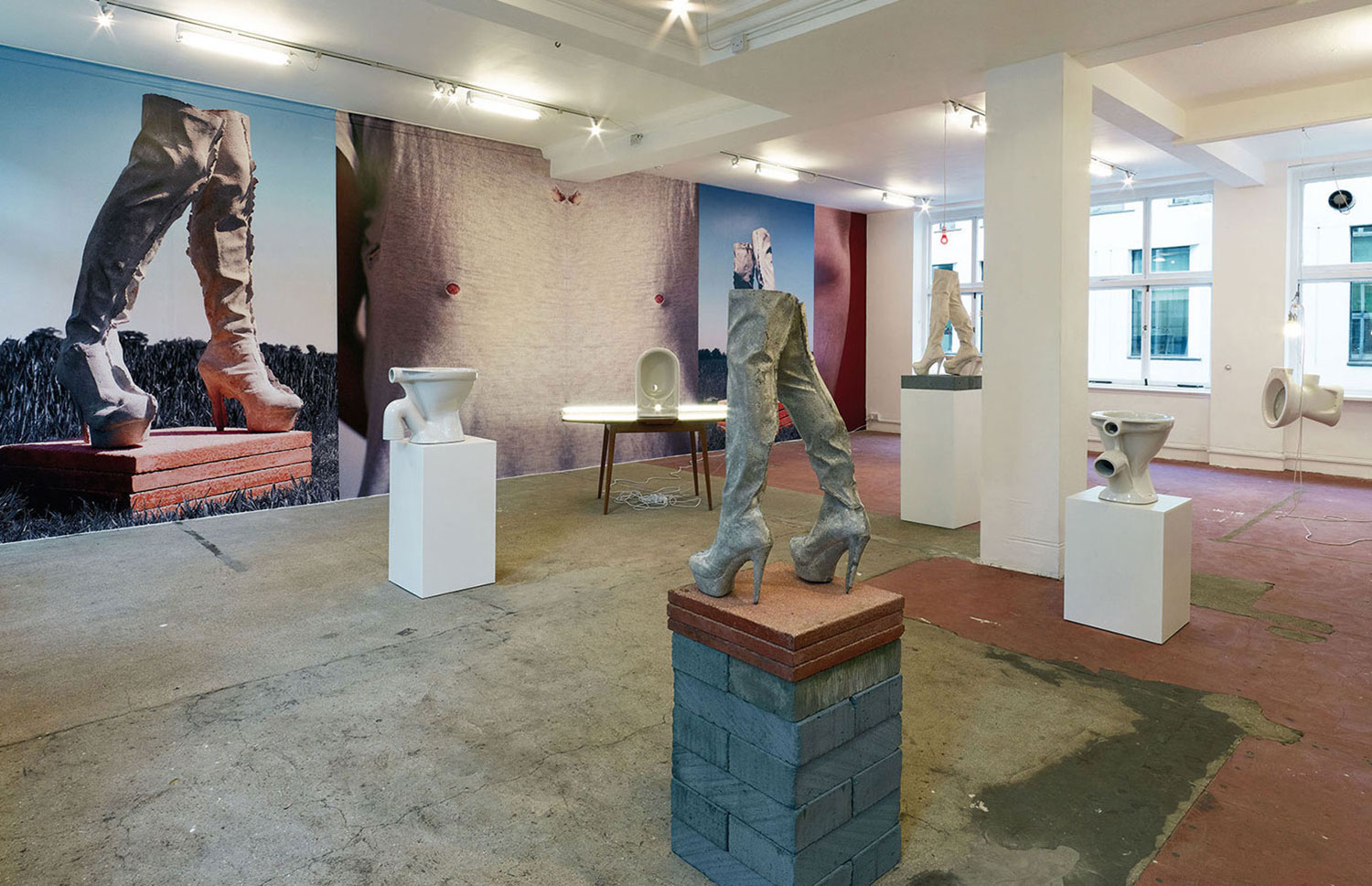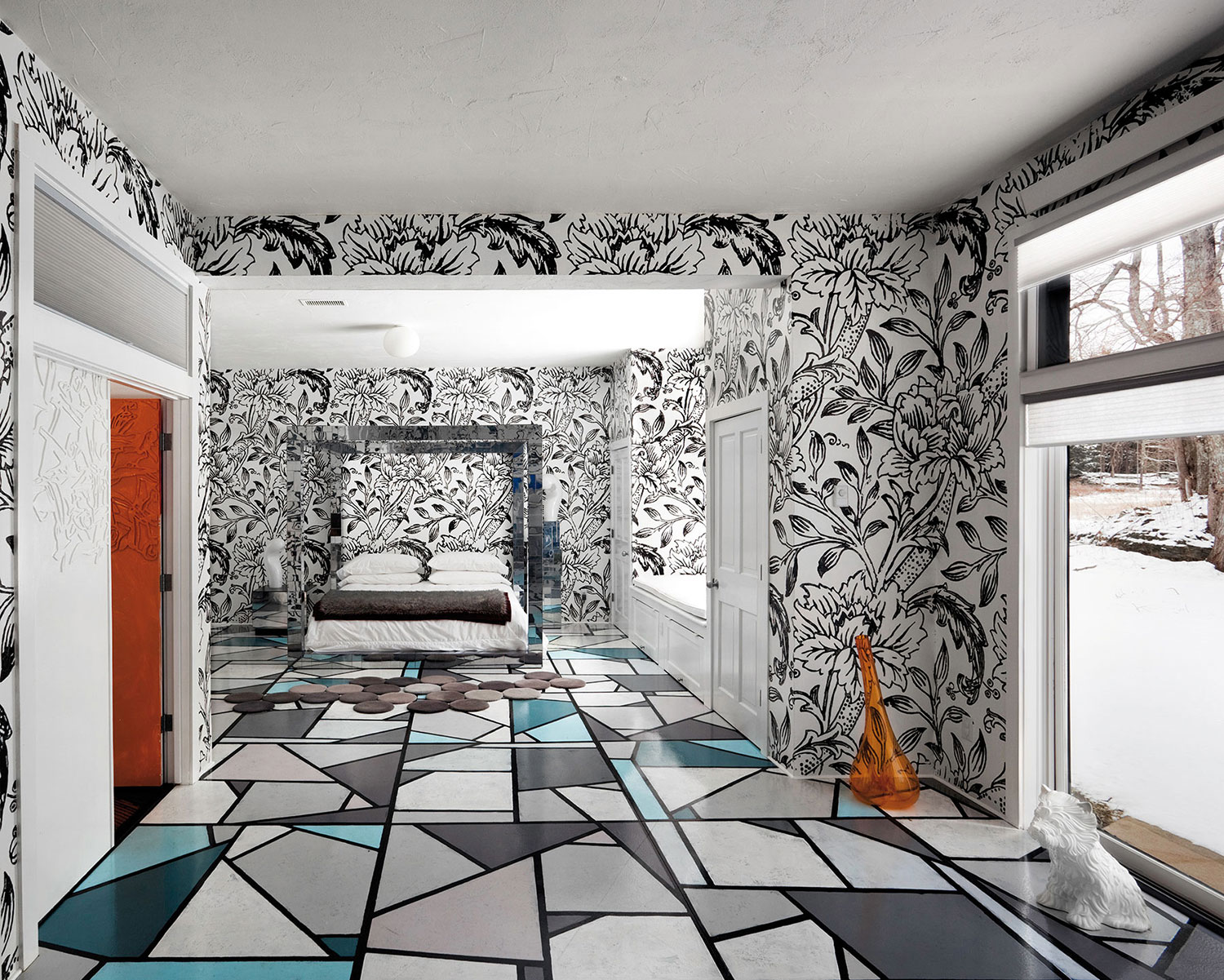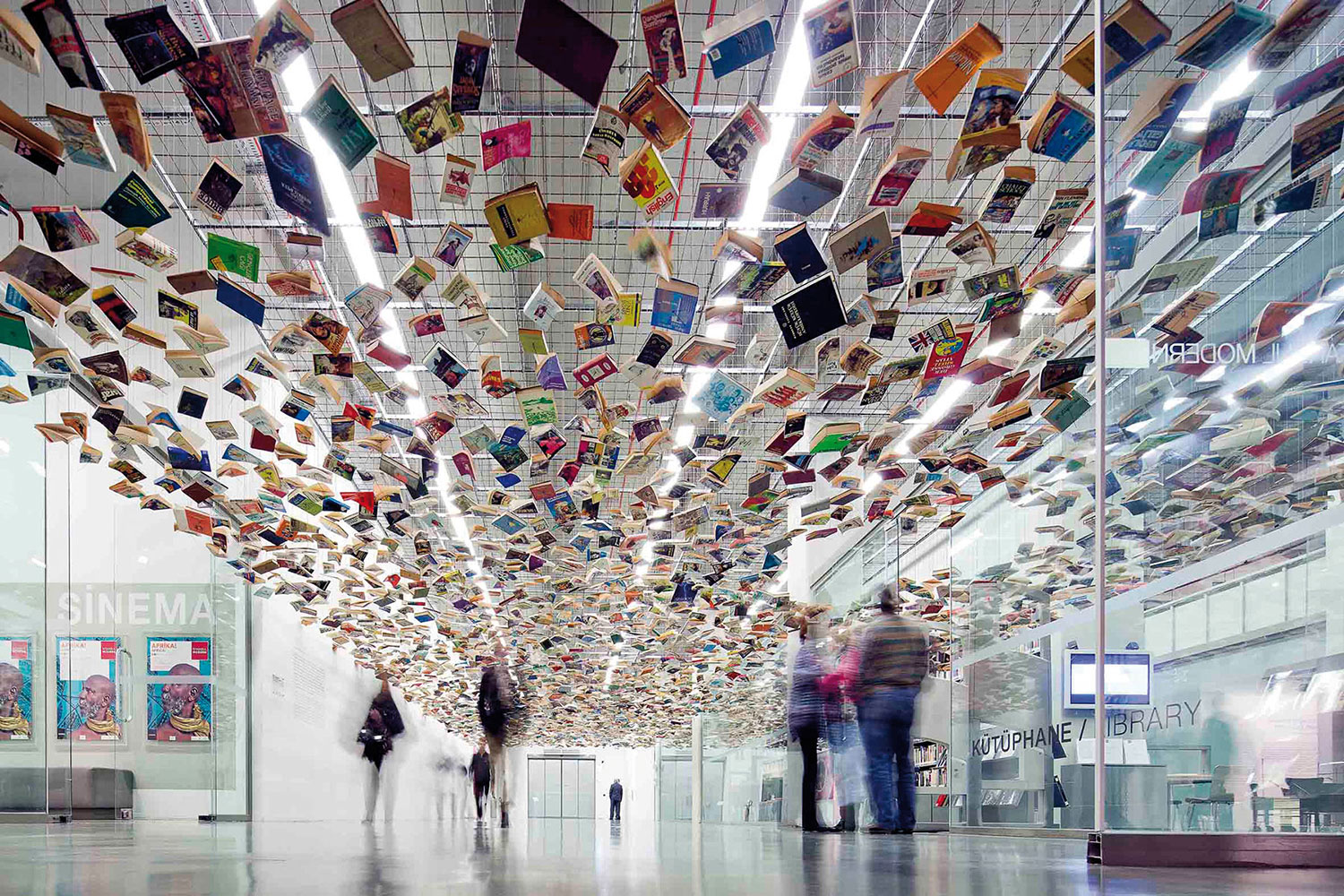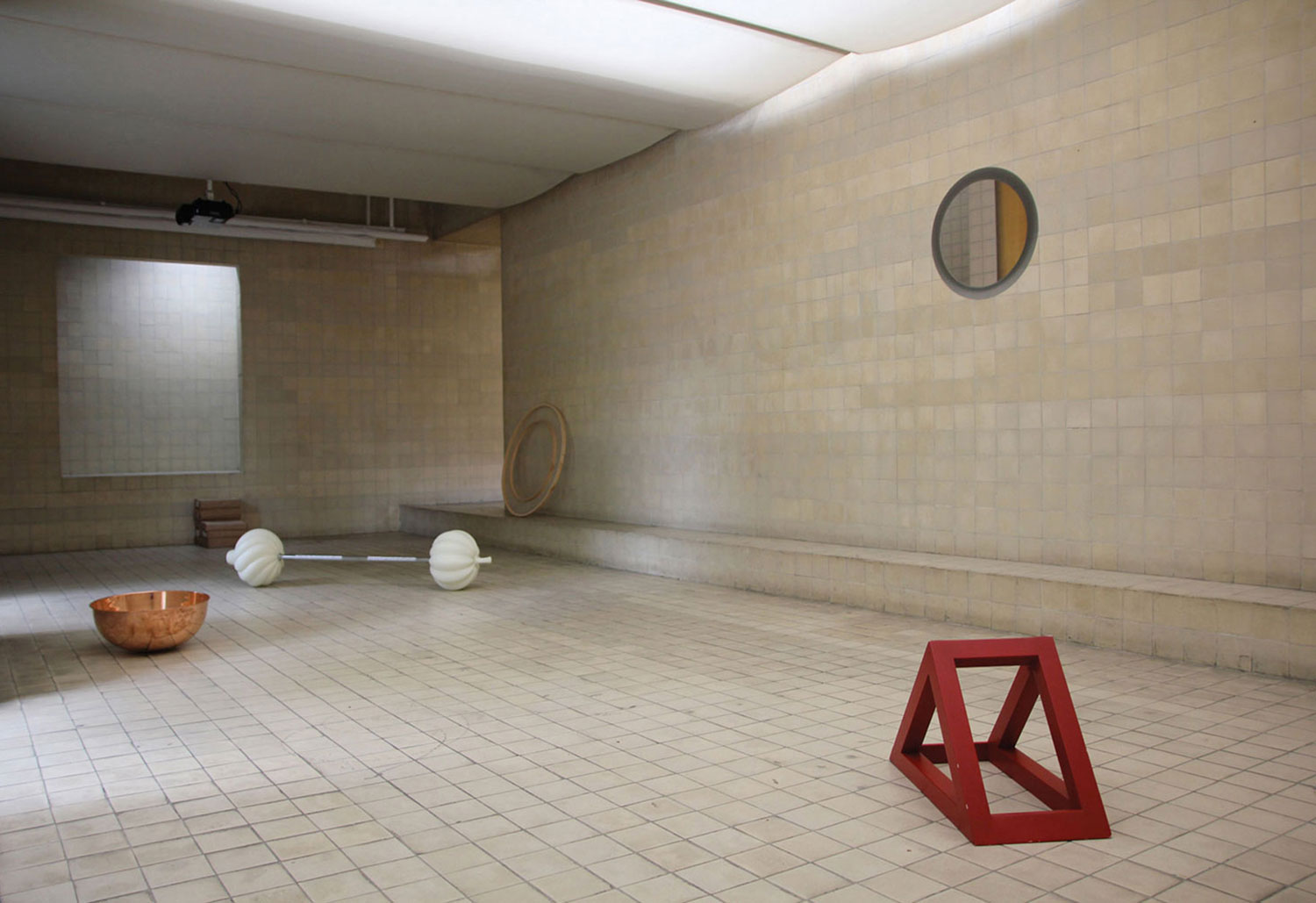
Ahead of an exhibition lie the immeasurable expectations of its audience; behind it, the concealed circumstances of its preparation. Between these two sides, the sight of art works in a gallery is the icing sandwiched amid the layers of a cake — the visible, immediate, sensual event; the incisive experience that marks both the collision of and the dividing line between the conditions of its production and reception.
“Korean Eye” is a case in point. The fourth incarnation of this ambitious show — at Saatchi from July 26 to September 23, 2012 — is a pristine display of 33 artists’ works: sculpture, oil and lenticular painting, photography, installation, drawing and works using LEDs and digital imaging. Unbeknownst to the British audience are the scuffles that go into compiling the shortlist. Lee Daehyung, curator of the first “Korean Eye” in 2009 and author of an astute essay in this year’s catalogue, remarks that while judgment of these as the best Korean artists at work now is by no means unanimous, “Korean Eye” has served to uncover some good ones — gold shining beneath layers of dust, as it were. True, these works vary in impact. The press release describes “an arresting insight into the future of contemporary art in Korea” — a pertinent promise given the controversies that underpin the choice of artists, as well as the fact that the passage to London has not been lined with open doors for art from regions in Asia.
The works here particularly attest the artists’ immersion in materials and their properties (sometimes to the point where virtuosity veils a want of conceptual depth). A planetary orb of sawn tree trunks by Lee Jaehyo (0121-1110=107041, 2007) shares a dimly lit space with a convex round of black twigs on the wall — from afar, a soft sphere that, when approached, crystallizes into focus and trepid texture (0121-1110=112034, 2012). An entire room of delicate ceramic vases reveals itself as a meticulous sculptural project called the “Translation Vase” series (2011) by Shin Meekyoung, who moulds ordinary soap into these statuesque objects. A stack of metal and plastic stools as orchestrated by Jung Seung (Chair II, 2007) becomes almost fibrous, with silver legs appearing less like supports than bionic tendrils.
Elsewhere is a sense of the unexpected or uncanny. A huge, strange form with splayed limbs and a dark bulk evoking a monumental creature, perhaps the visible body of something fabled or feared, is You Myung Gyun’s The Photosynthesis (2006). Hong Seung Hee’s “Der Zwang zur Tiefe” (2007-8) combines installation and photography to depict a clock or picture sinking down the wall, ruckling its surface, manifesting different ideas of depth and gravity in the tangible world.
There is the idea of independent life in “Choe Uram’s Varietal Urbanus Female” (2007), a contracting LED and steel organism invested with its own evolution and mobility by the artist. Against such fantasy, those pieces dealing profoundly with socio-political history — The Nora Collection by Cho Duck Hyun (2008) and brute-beautiful Translated Vases (2007-9) of Yeesookyung — impart a powerful testament to the experiences and identities of women in Korean society.
Thus, and somewhere between desire, expectation and encounter, does “Korean Eye” present an engaging cross-section. Though nuances might be lost in Saatchi’s flatly international HQ, there is certainly fuel here for further contact with these — and as-yet-unseen — Korean artists in exhibitions to come.





